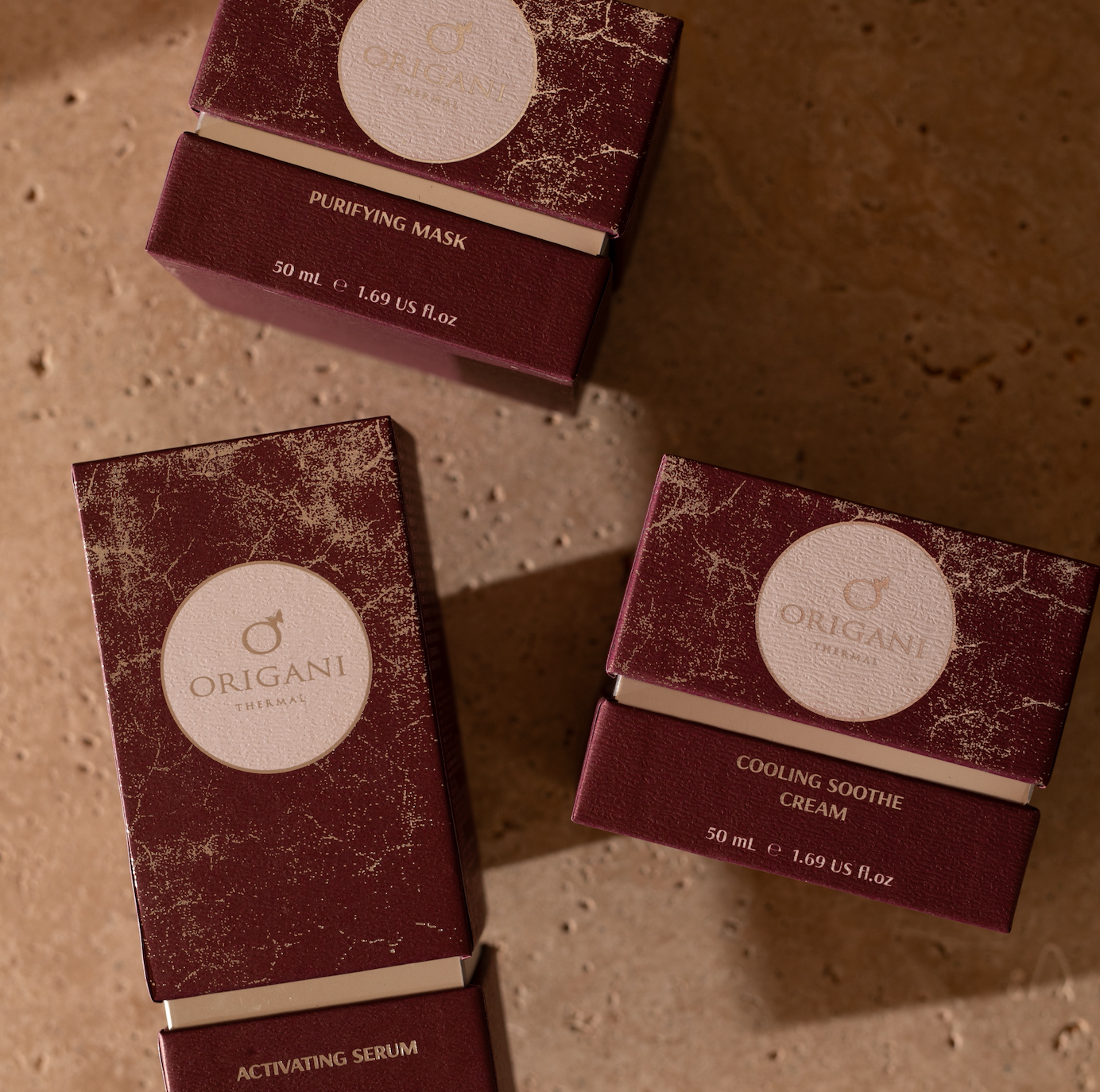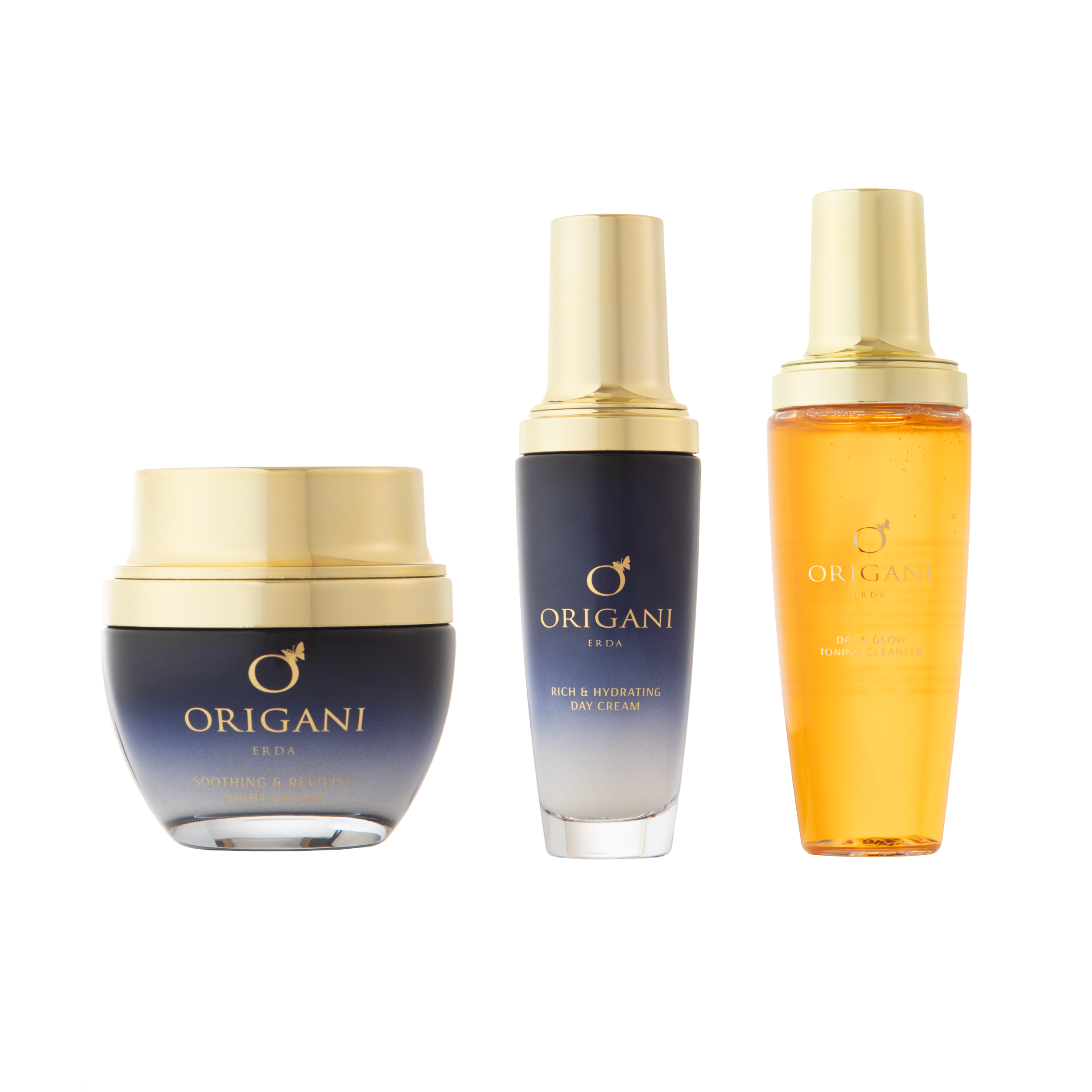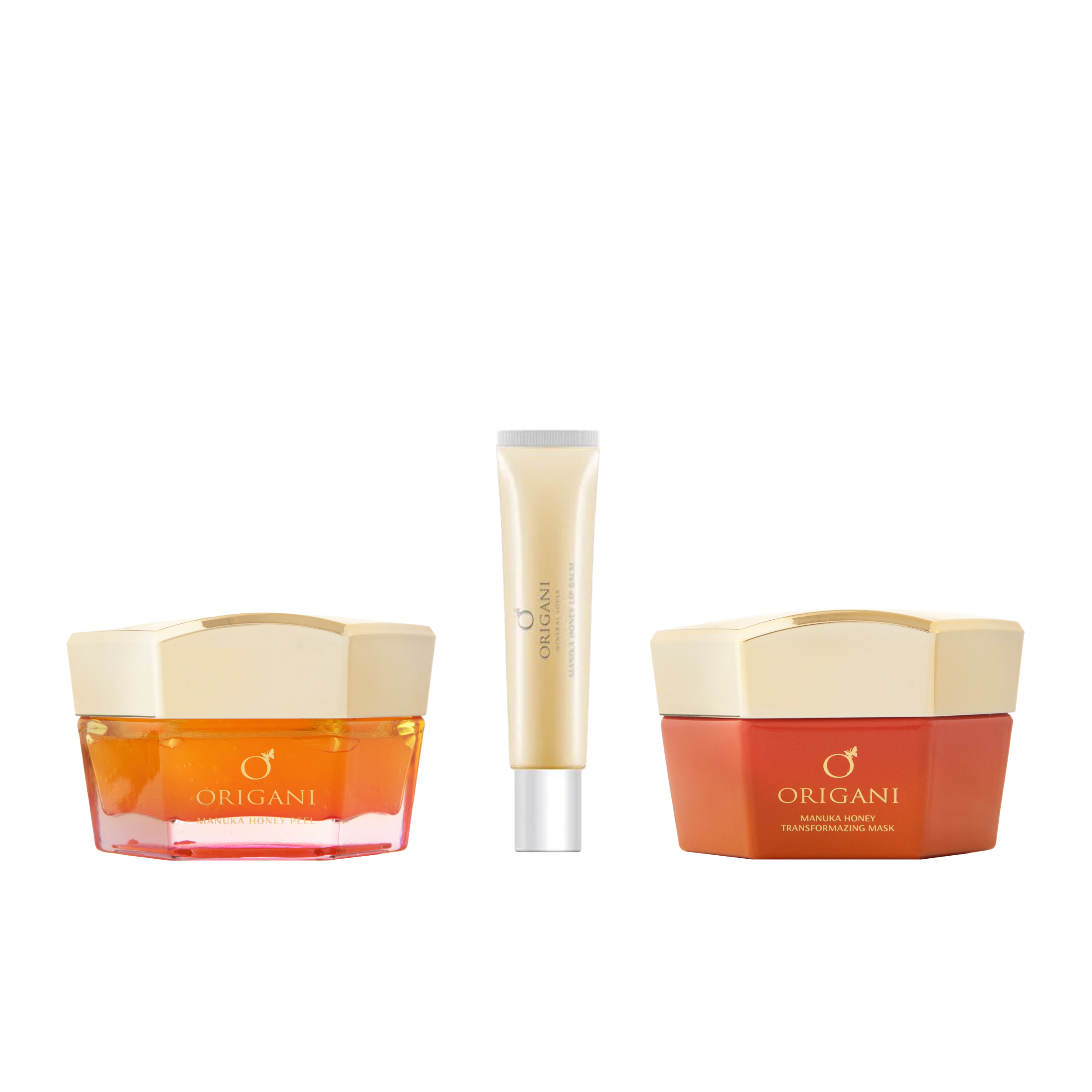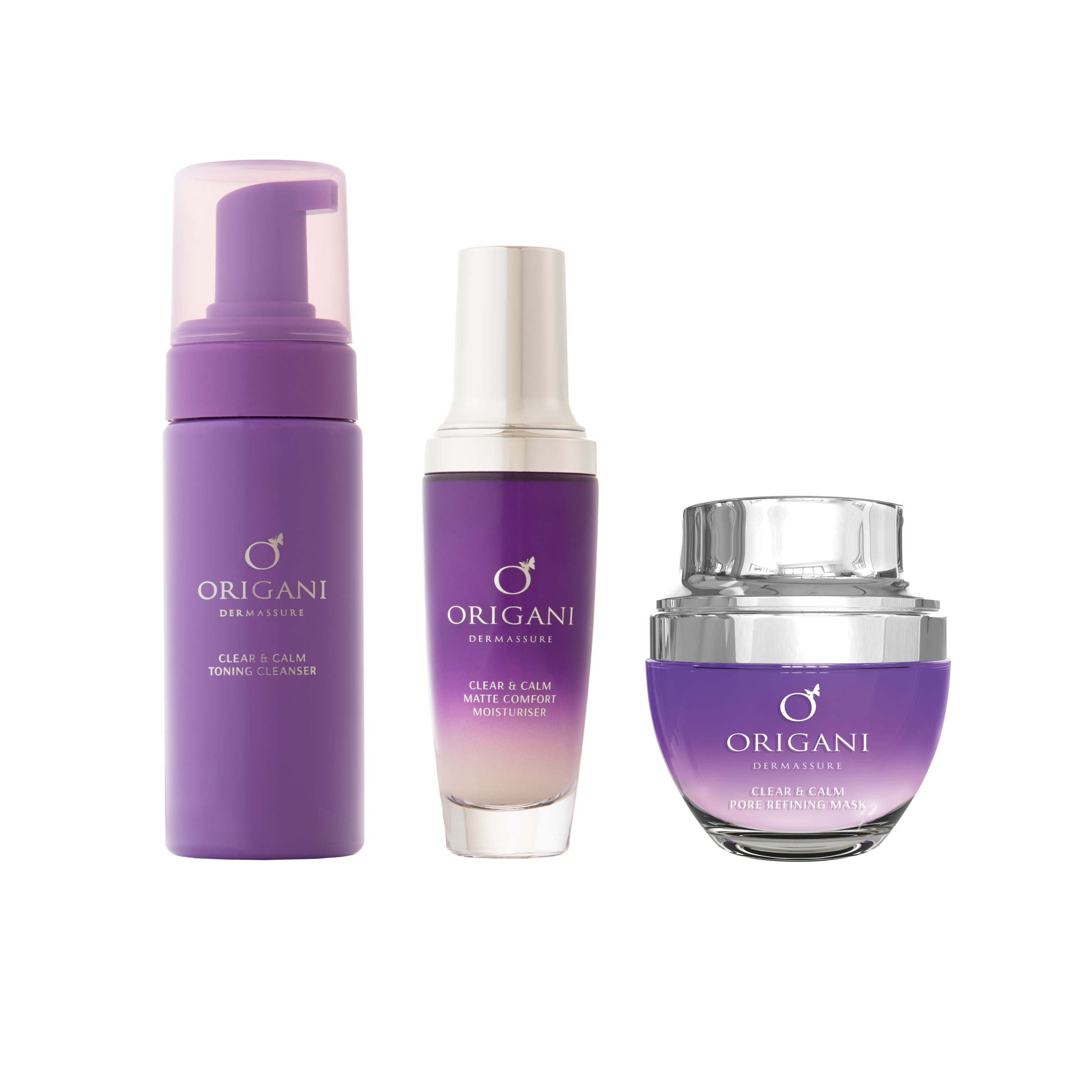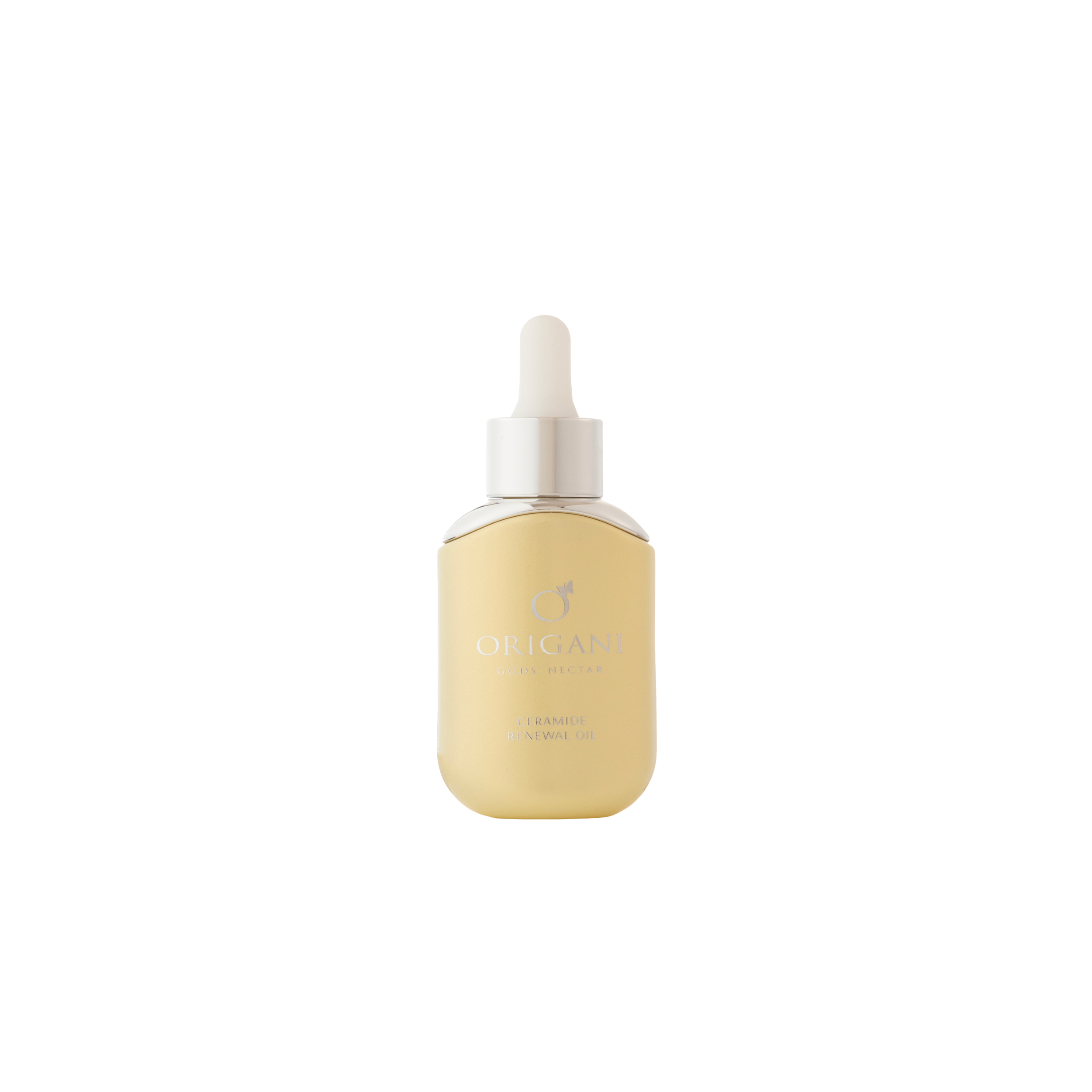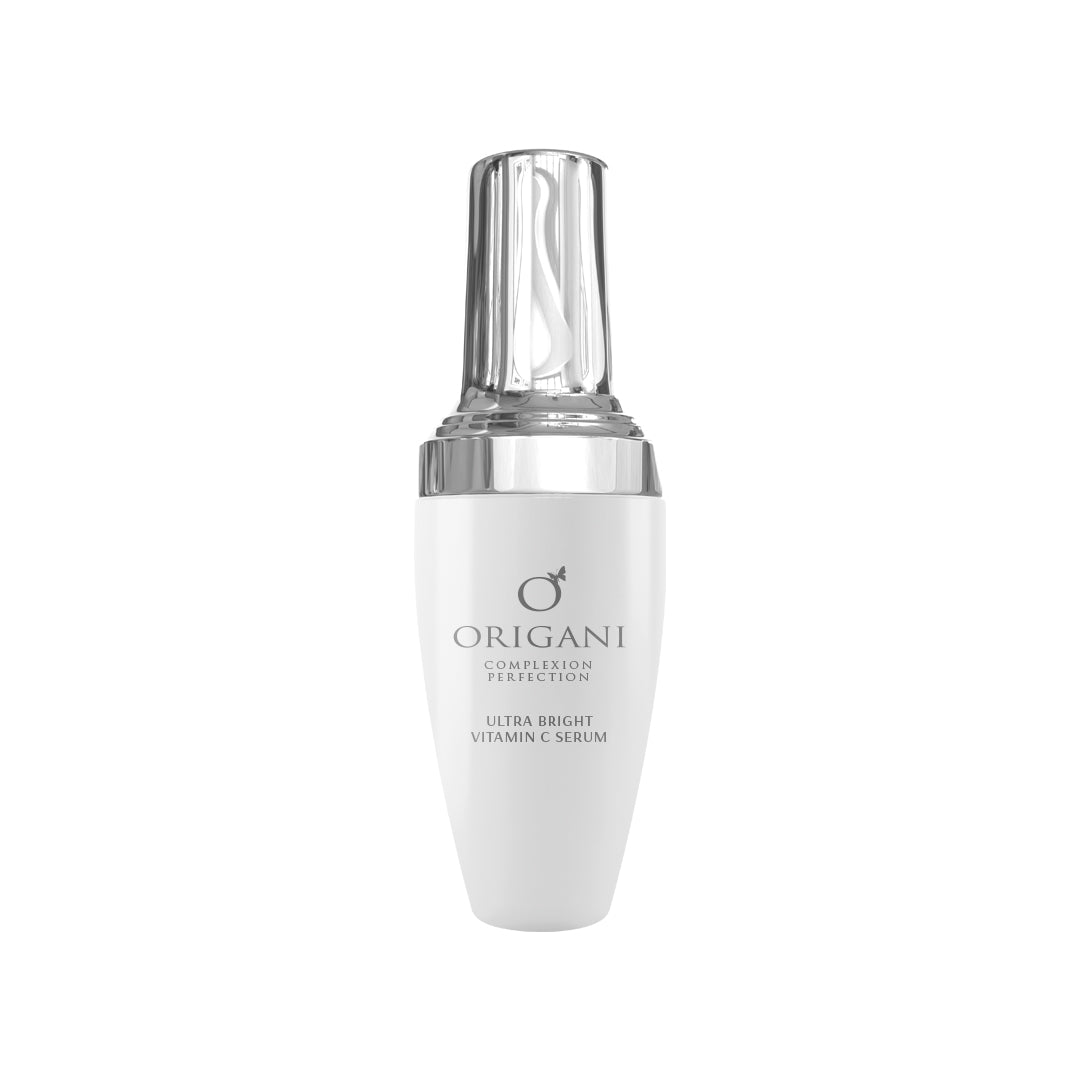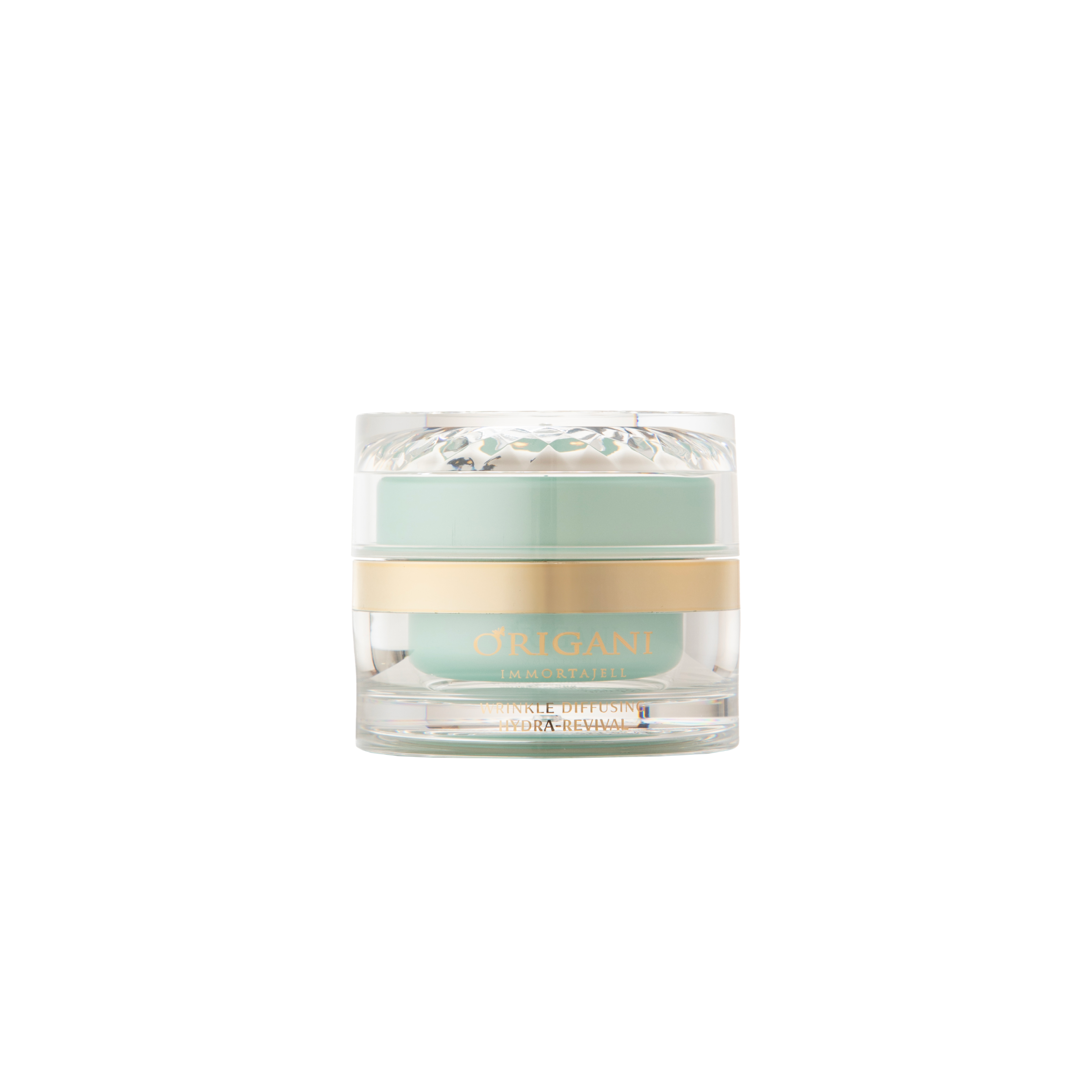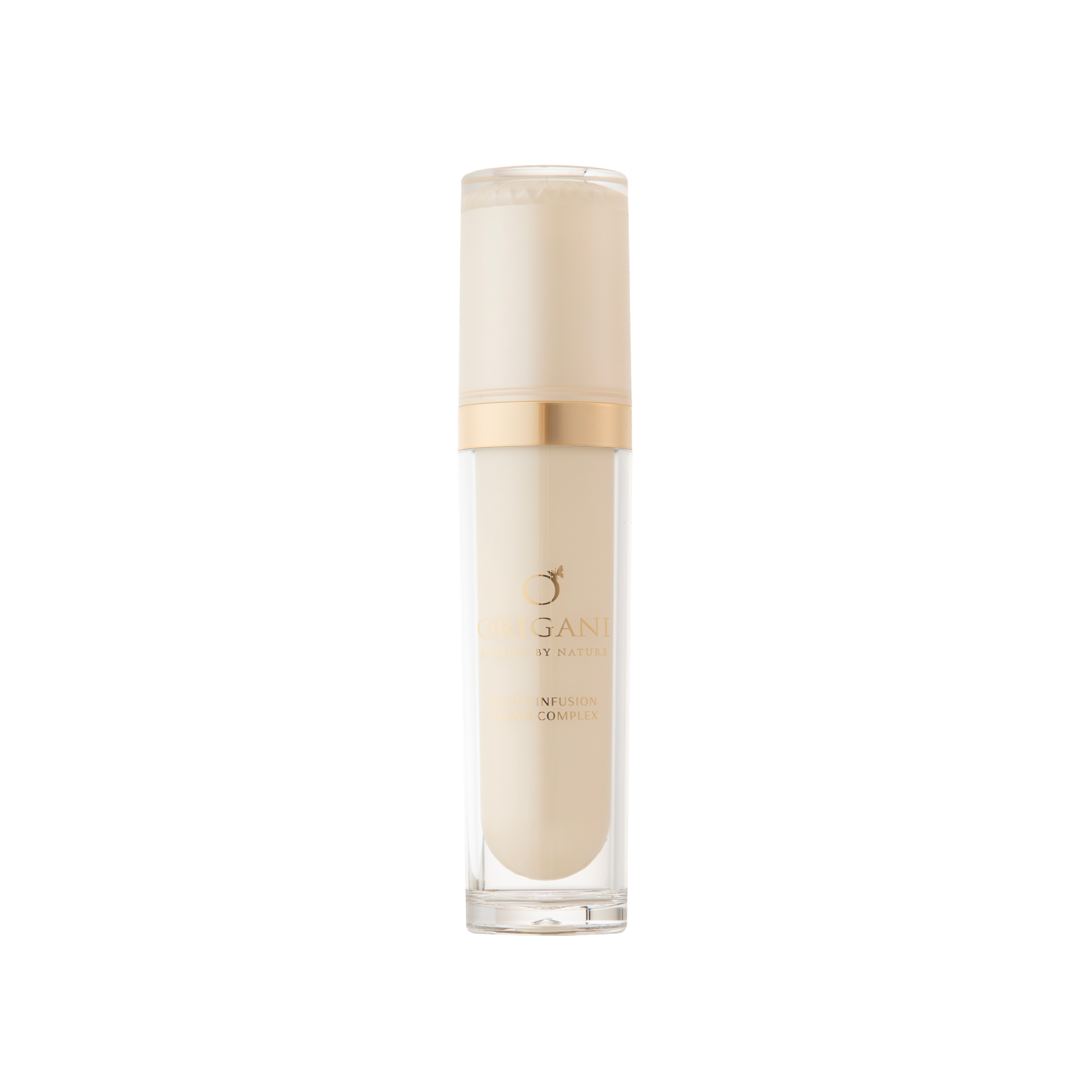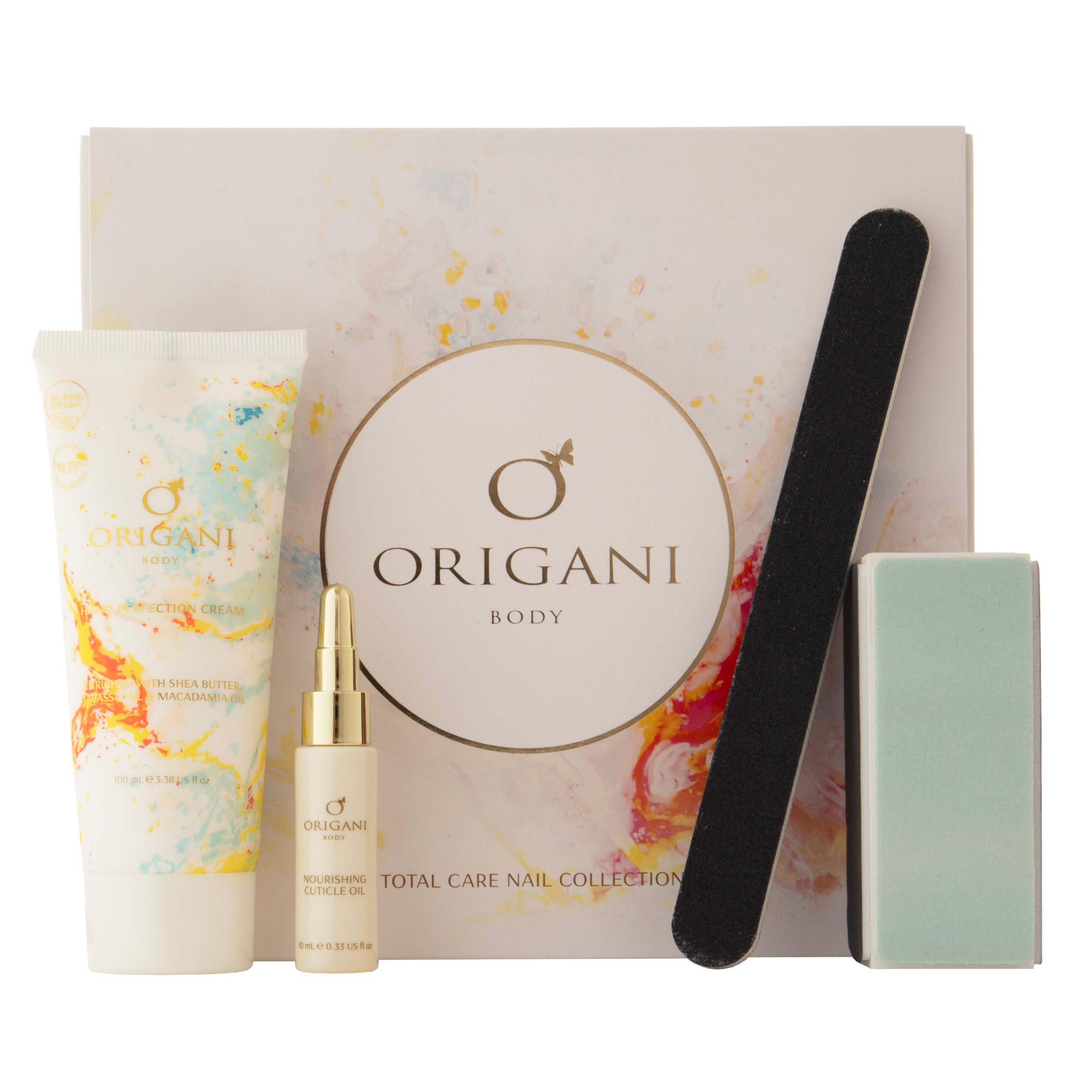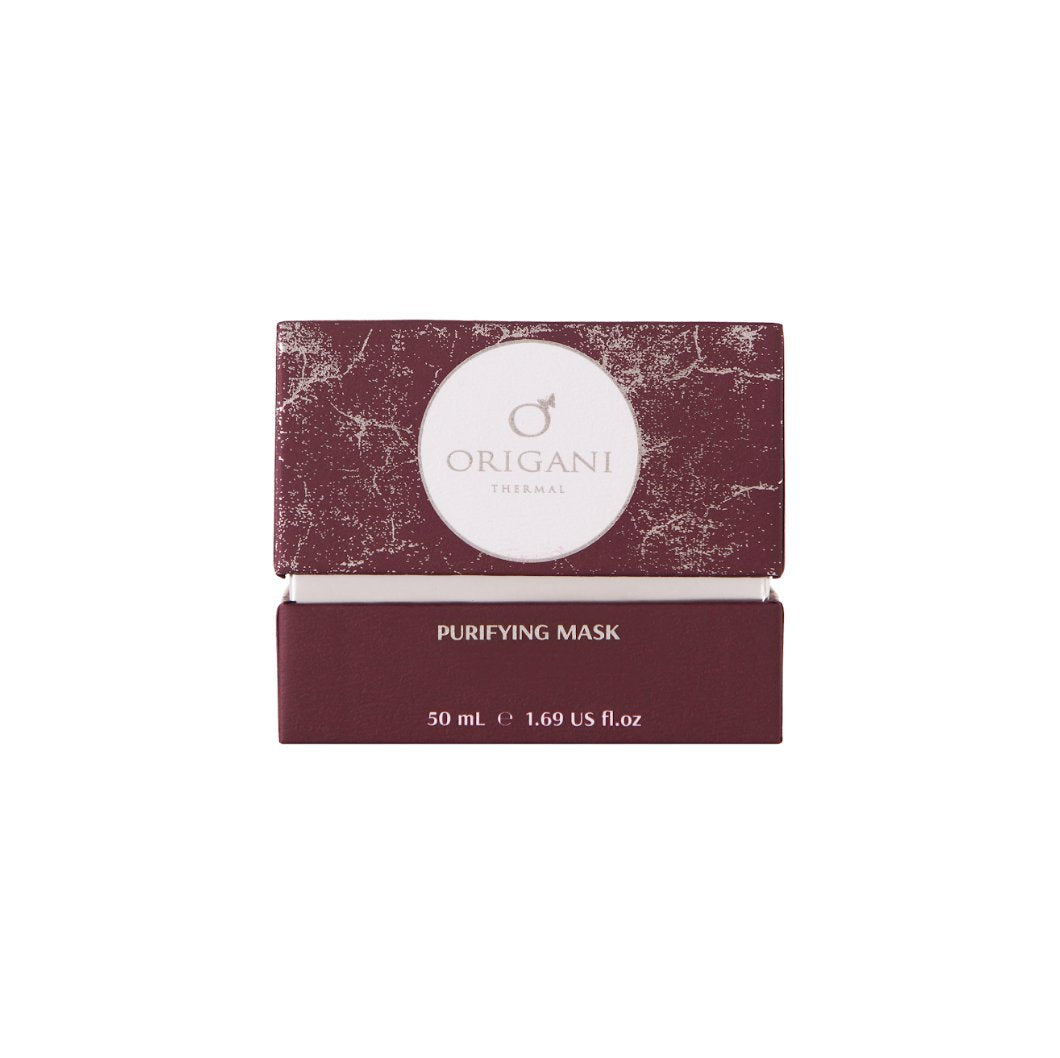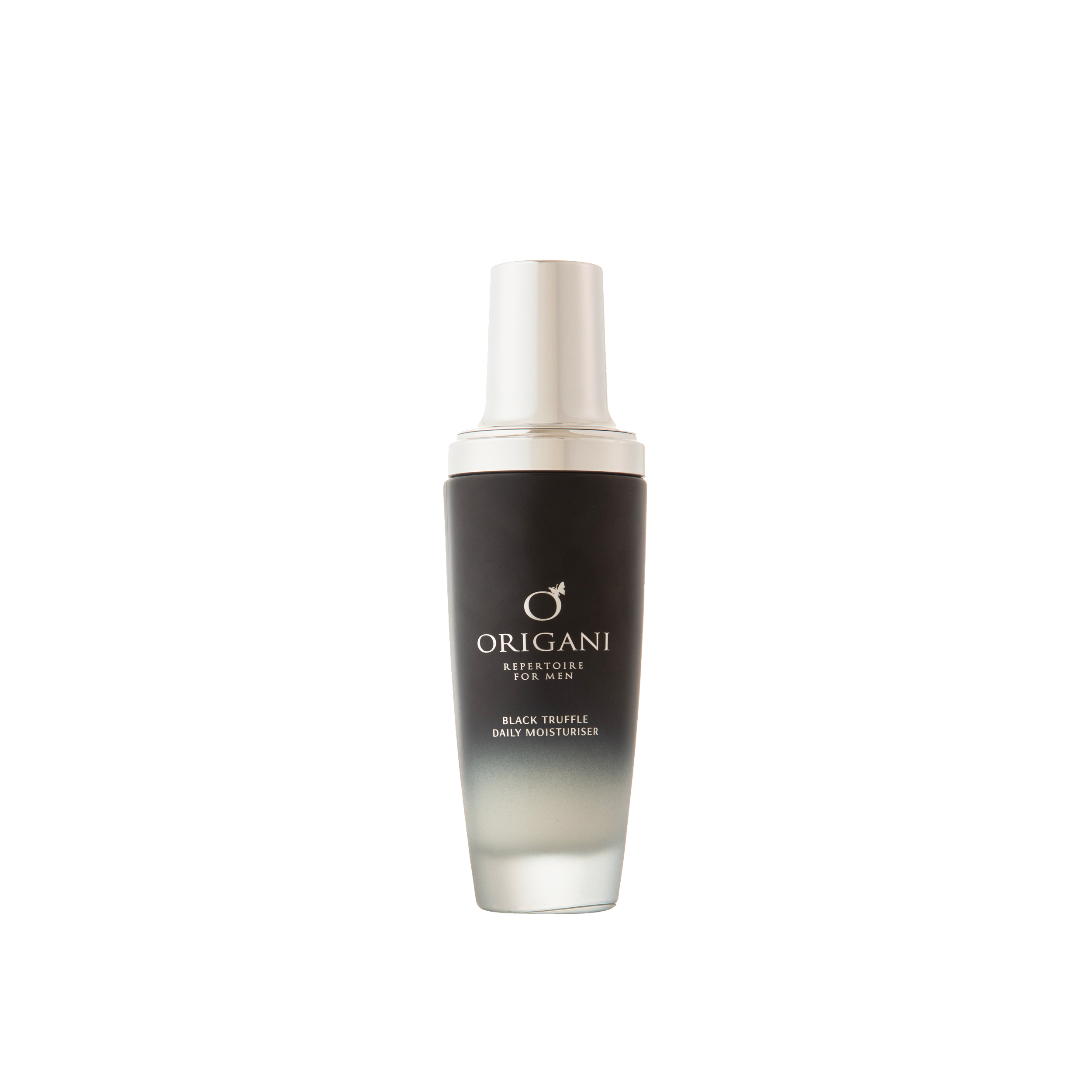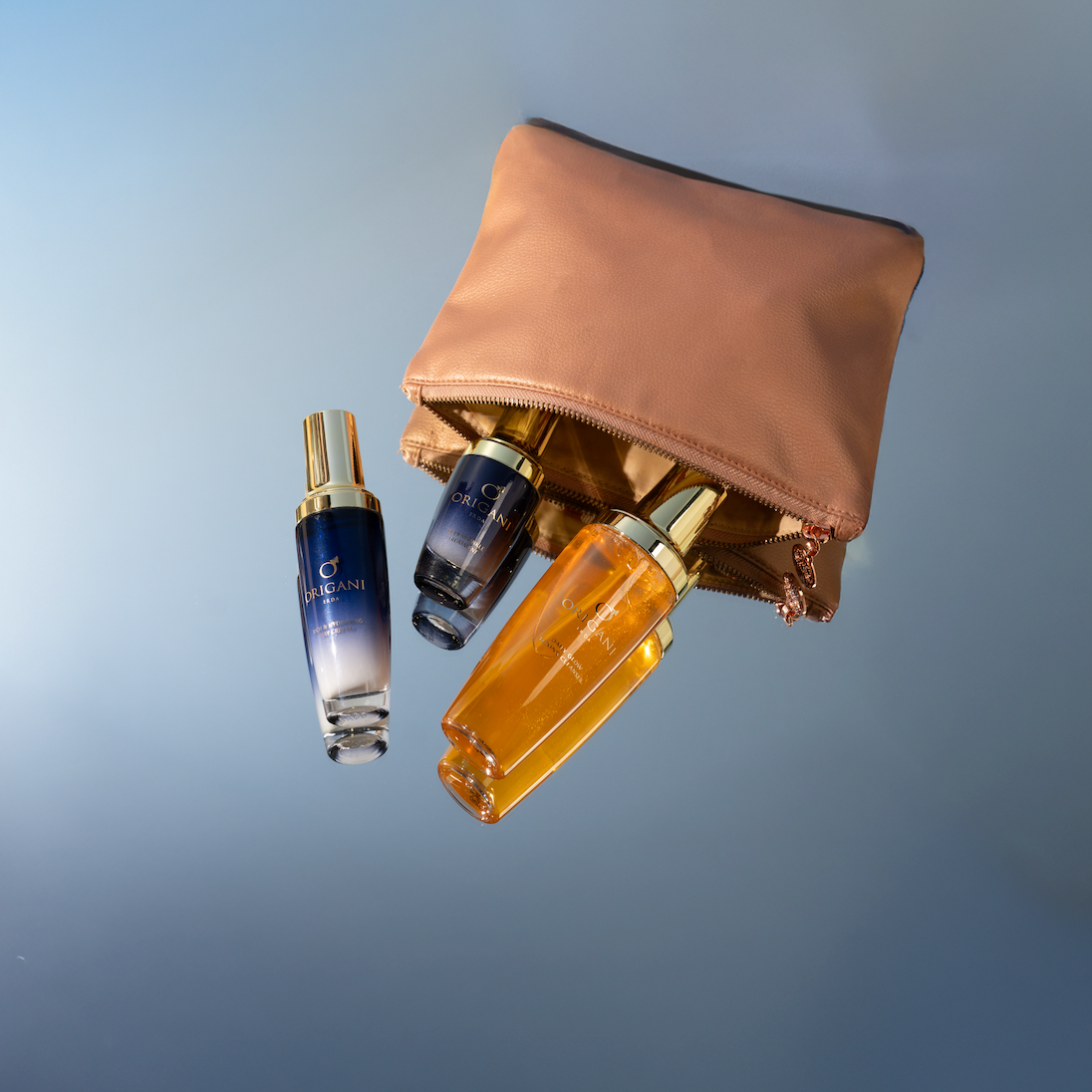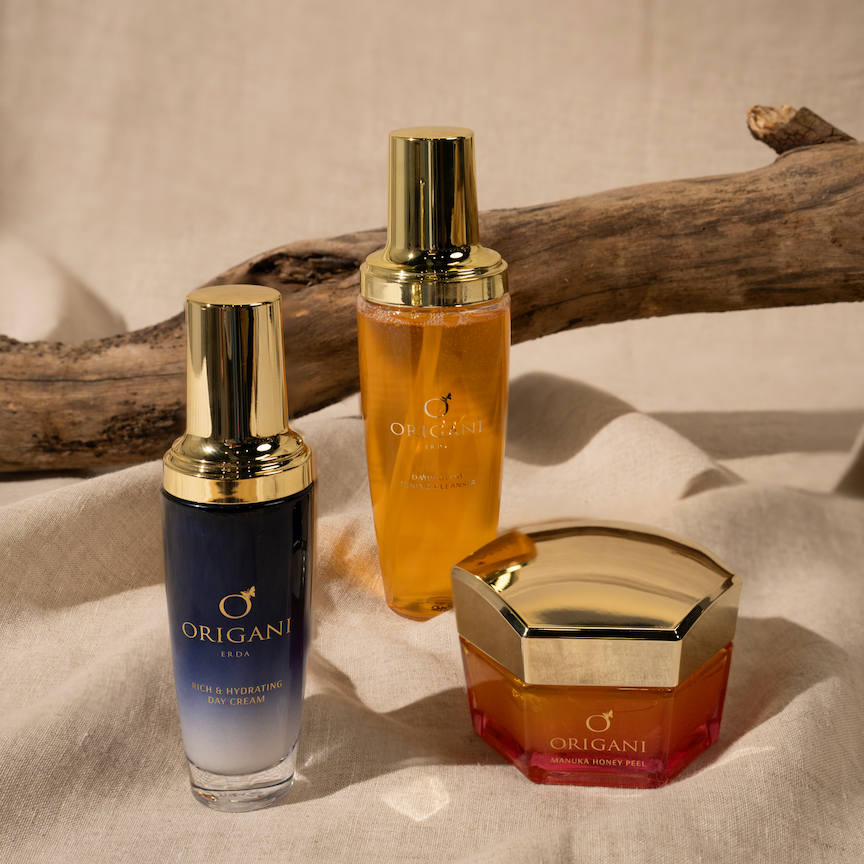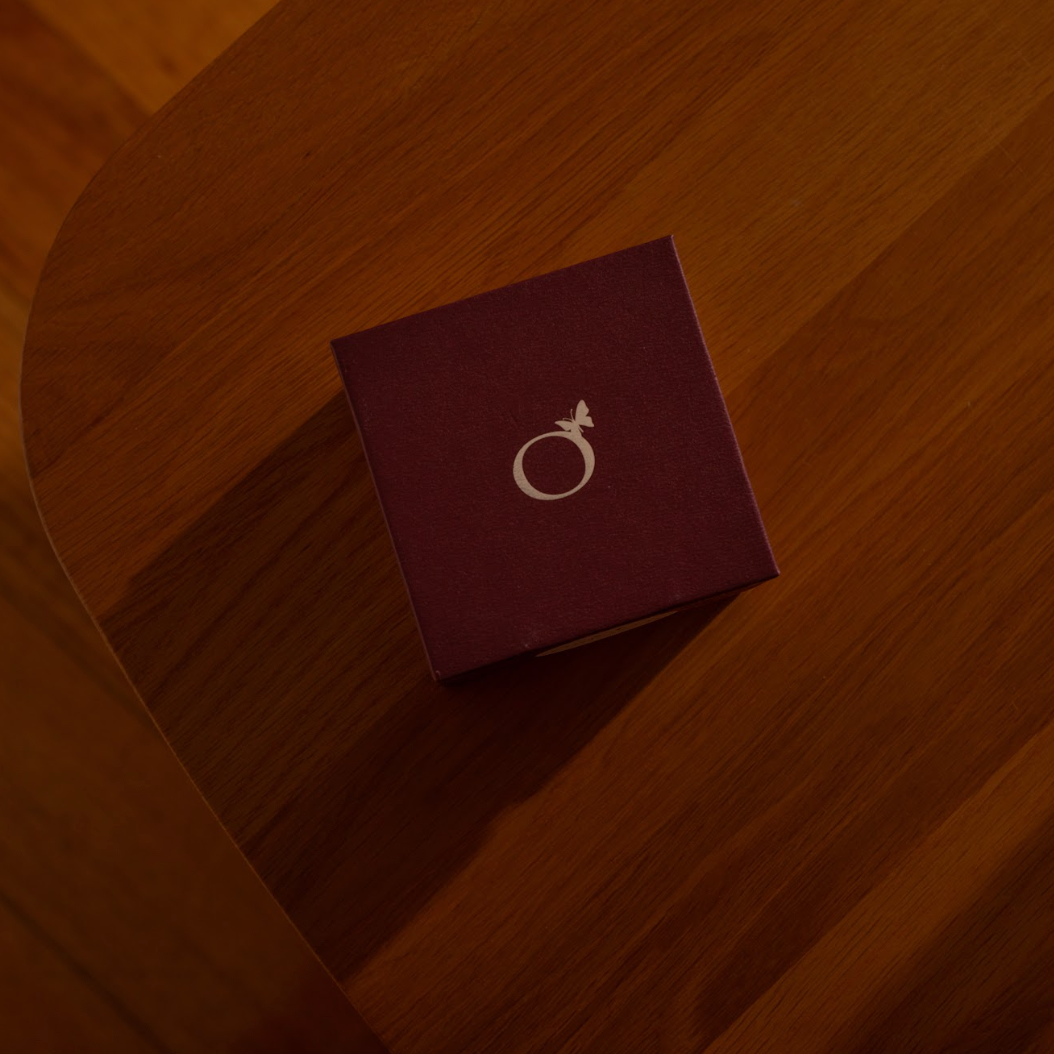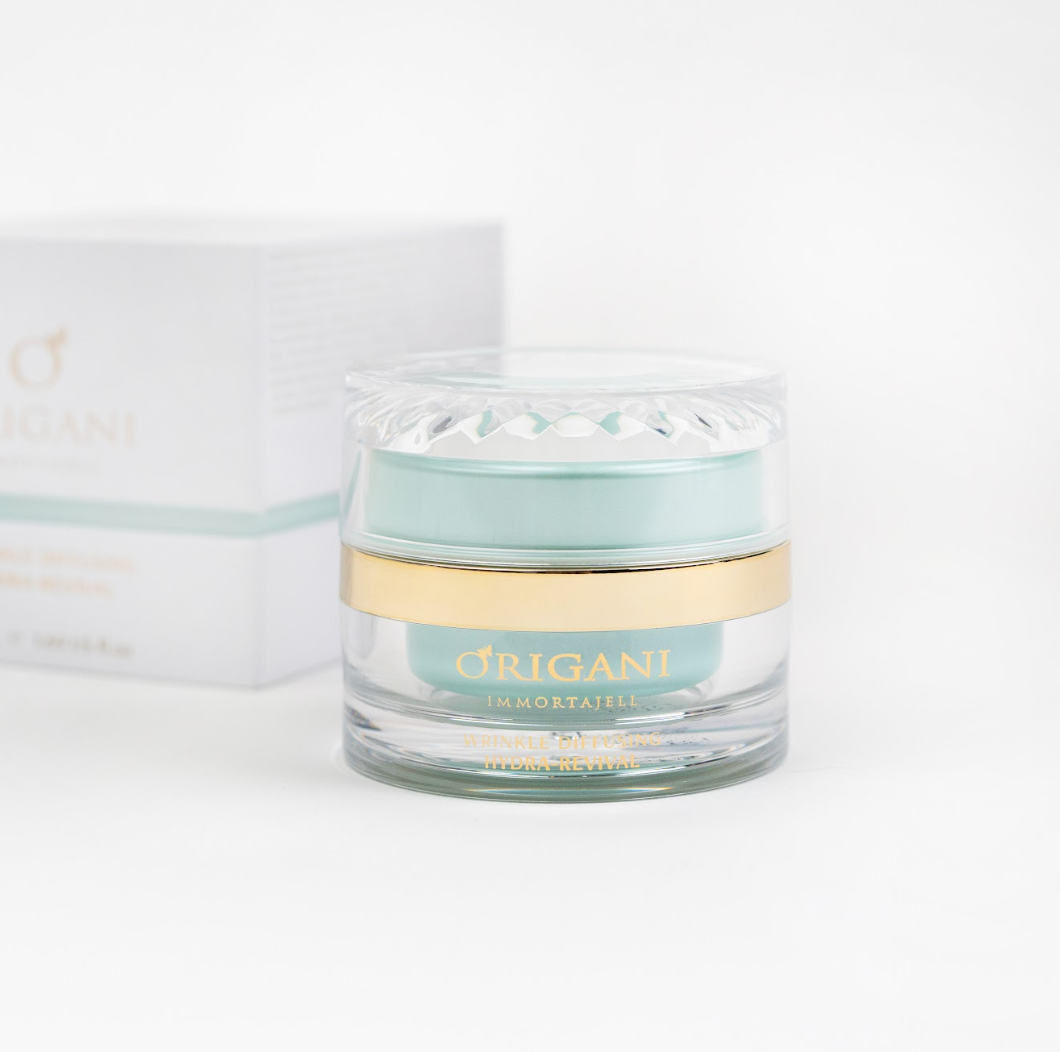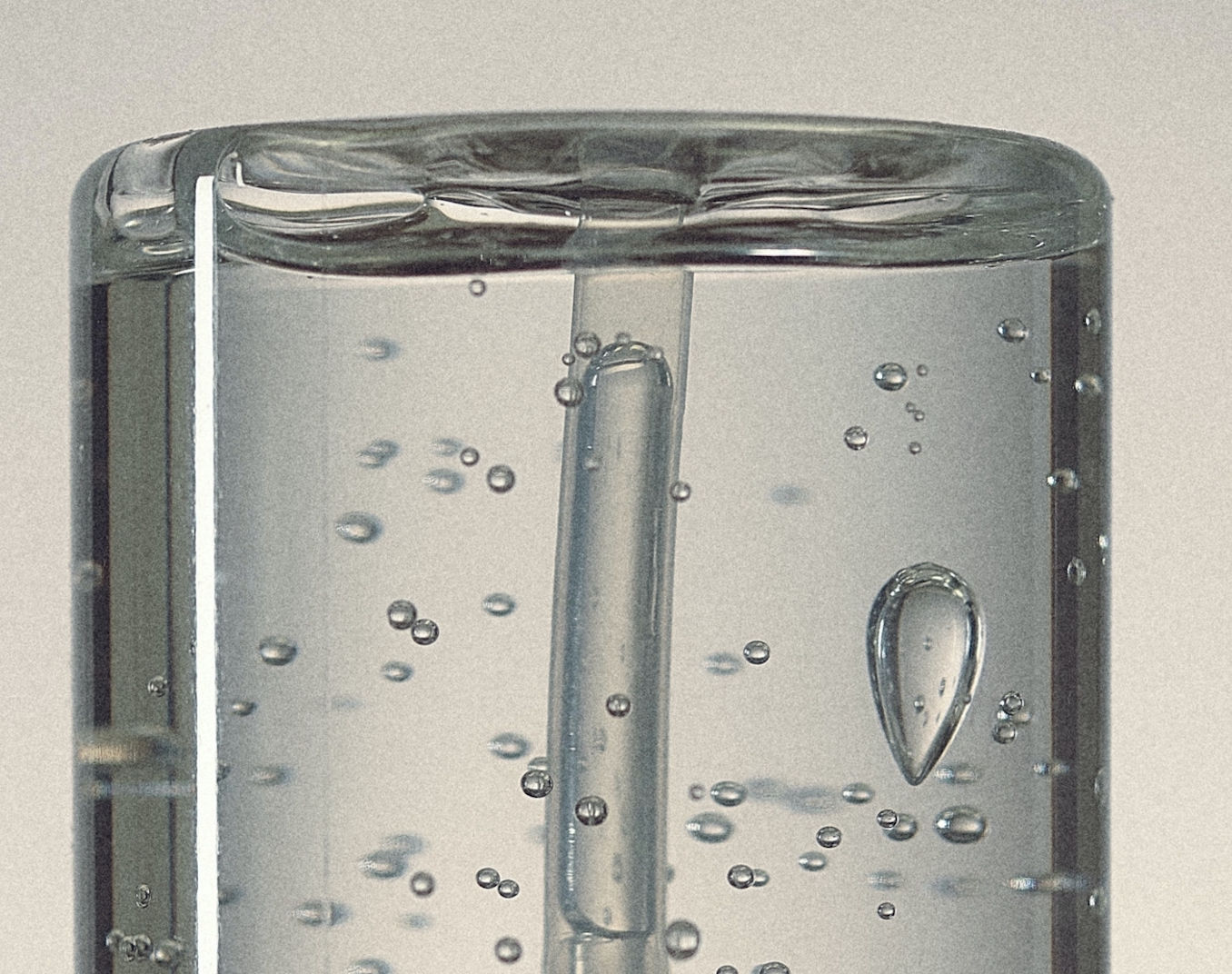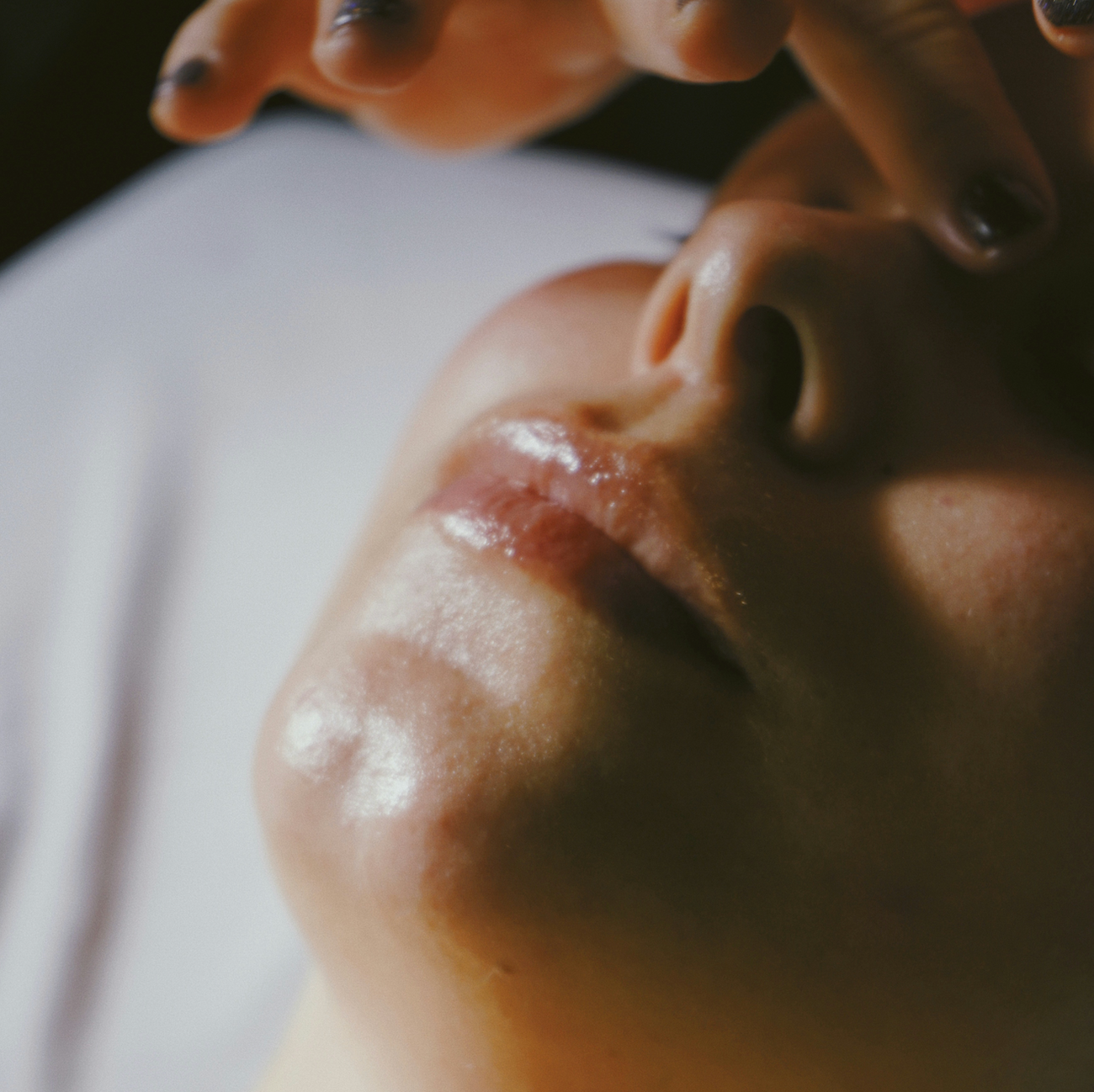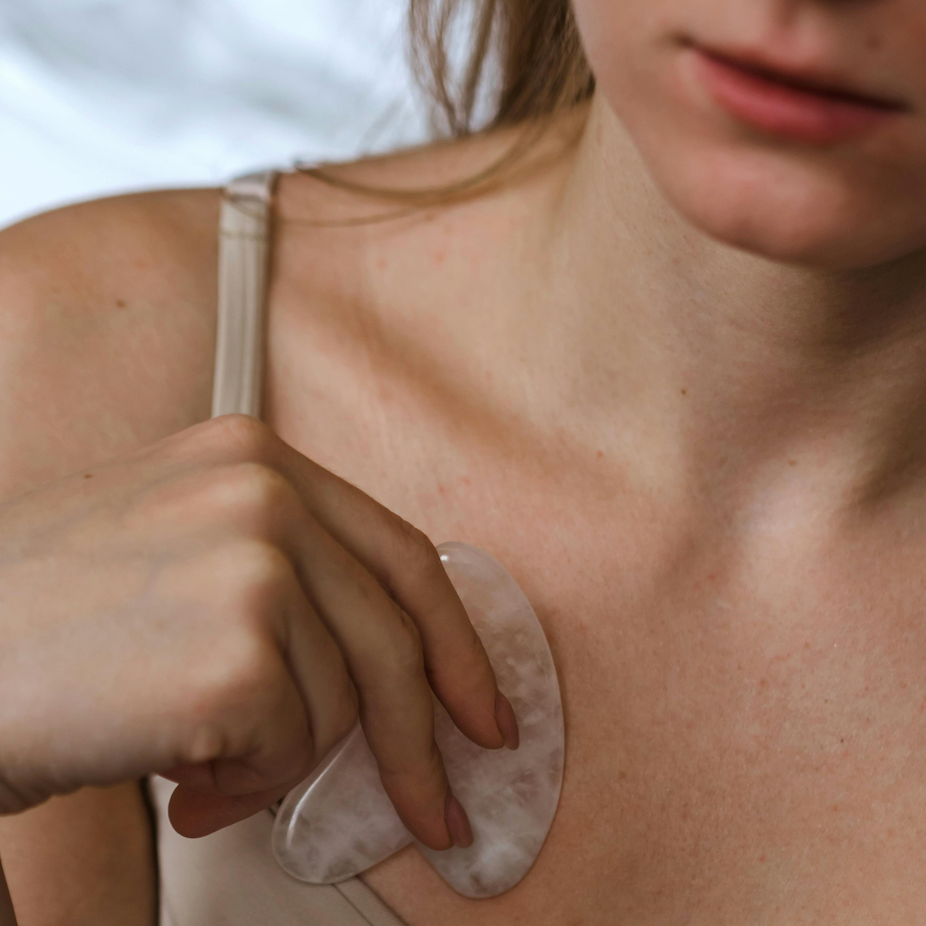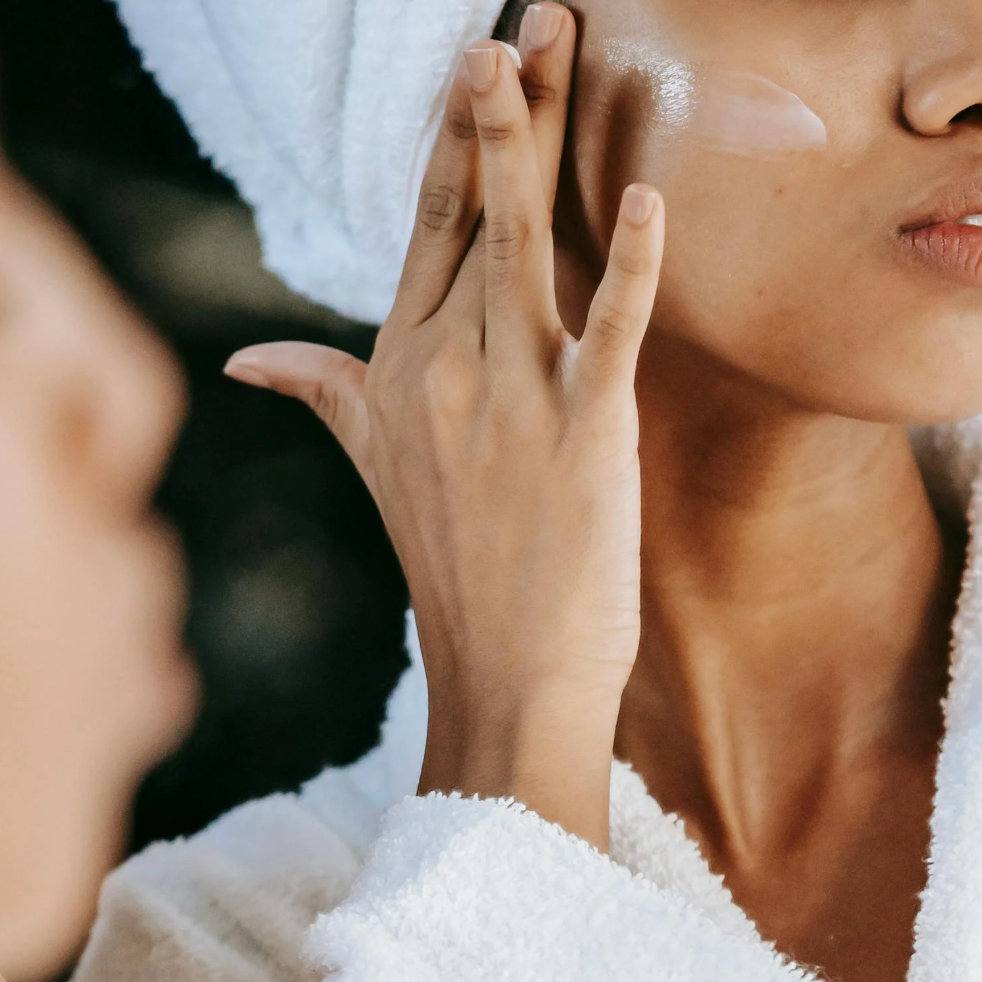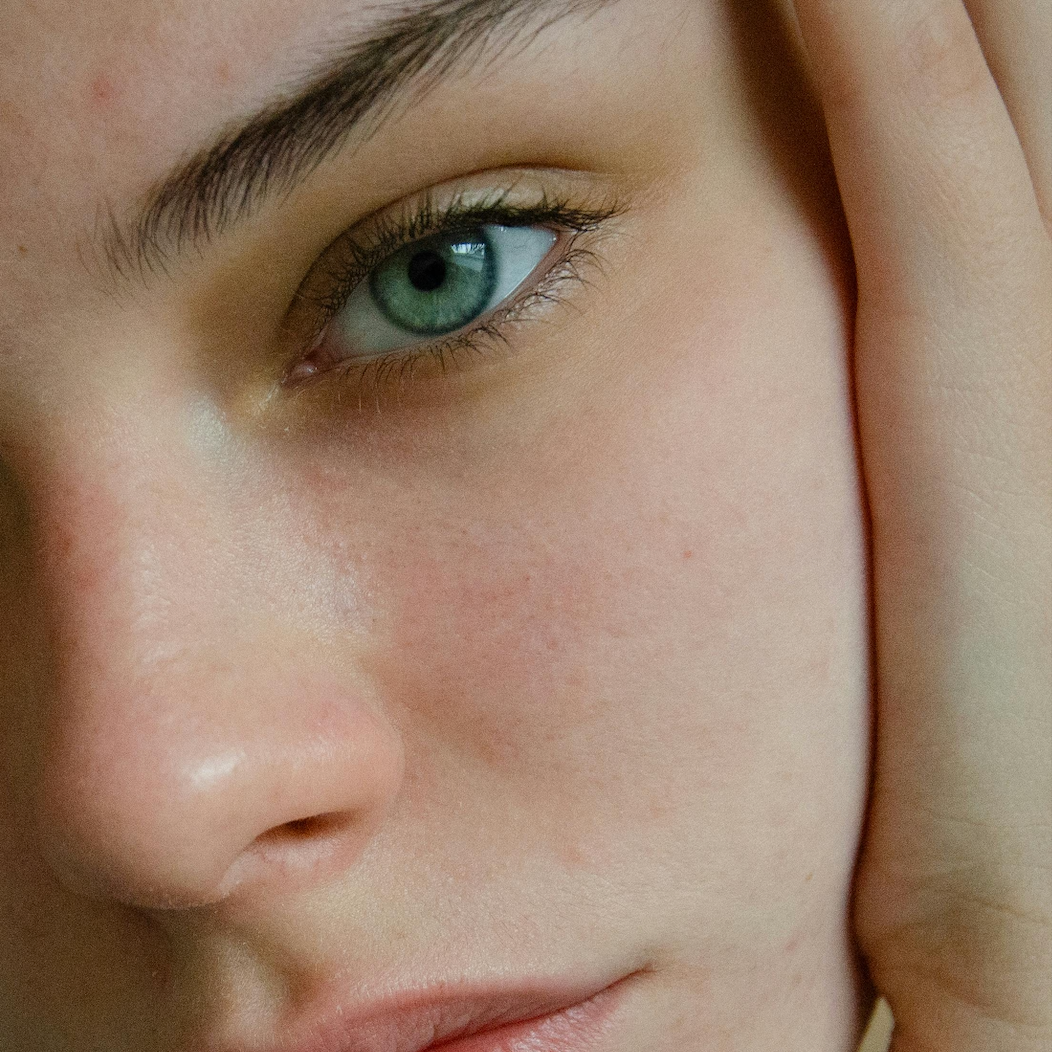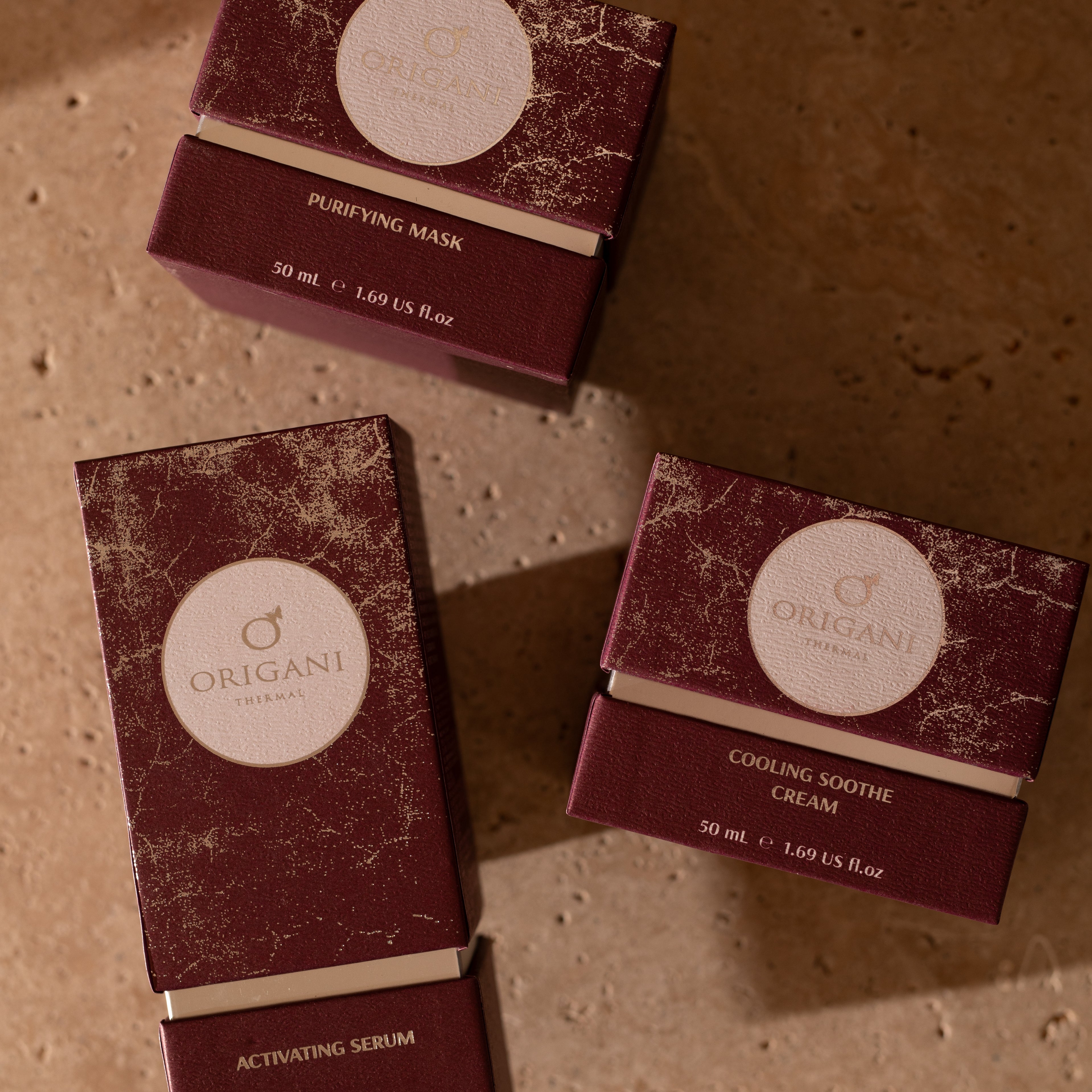There is no doubt about it; Acne is one of the most undesirable skin conditions to experience. Unpleasant in appearance and often raw to the touch, it is something almost all of us deal with at some point in our lives. Firstly, though, it’s important to clear up the term “Acne.” Acne is an umbrella term used for various problem skin manifestations, or forms of ‘breakouts’ (listed further below).
The extent of breakouts be it mild or severe, are often caused by similar triggers (usually from our own biological functions), so understanding these processes is necessary for effectively treating/preventing them. This article will take you through the ‘science’ behind how and why acne occurs in a clear and simple way - by the end of the read, you will be a pro at understanding your skin!
THE 3 SKIN STRUCTURES RESPONSIBLE FOR ACNE:
HAIR FOLLICLES: A tunnel-shaped structure of the skin whereby hair sprouts from. Each follicle is connected to a gland that produces oil that empties into it, moving up to the surface of the skin.
SEBACEOUS GLANDS: Connected to hair follicles, these glands produce an oily substance called ‘sebum’ which lubricates the skin and hair. They are mostly found on the face, chest, back and scalp hence why pimples often occur in these areas. These glands are more active/inactive at different stages of life, in line with hormonal fluctuations (adolescence and menopause etc).
PORES: These small openings in the skin allow hair, sebum and sweat to surface on the skin from their respective glands below. There are two types, sweat and oil pores, but the ones we deal with when treating acne are oil pores. These are the visible one’s (blocked or large pores) that we spend endless time trying to minimise and clear!
Here’s the thing: All skin structures actually have a very important job by way of delivering important oil, and hair to the skin’s surface for essential skin protection. The skin’s pores and natural oils help keep the skin supple, moisturized healthy and youthful. They are however attributed to pimples and enlarged pores and generally the ones we want to treat/minimise!
HOW DO PIMPLES ACTUALLY FORM?
Acne occurs when the glands in the hair follicles produce too much sebum (oil). As a result of the excess sebum the pores of the skin become blocked, and dead skin cells and bacteria become trapped and form a ‘plug’ in the pores. As this builds up, bacteria in the pores trigger the body immune system causing inflammation response hance swelling, pain, redness and pus.
THE 5 BIG CAUSES/RISKS FOR ACNE
Breakouts are often attributed to certain lifestyle choices, but almost always, the source of pimples come from innate inherited bodily processes. In saying this though, lifestyle choices can exacerbate and worsen such conditions, so it’s important to take both into account when treating problem skin.
HORMONES: Hormonal fluctuations that occur in teen years, monthly menstrual cycles and menopause trigger unbalanced sebum production.
SKIN TYPE: Heredity determines our innate skin type (for example the more active our sebaceous glands, the oilier our skin is likely causing more breakouts).
SKIN HABITS: Improper care of the skin can cause breakouts: using oily make-up, poor cleansing and repeatedly rubbing skin can cause dirt, dust and oils to plug/aggravate the pores, allowing bacteria to spread.
MEDICATIONS: The use of drugs like steroids and some oral contraceptives can cause acne.
STRESS: Hormonal elevations can be attributed to excess stress-causing breakouts. Additionally, our immune system response is also compromised, making fighting infection less effective.
WHAT ARE THE DIFFERENT TYPES OF ACNE?
Whiteheads: When a pore becomes clogged, closes up, and then bulges. They appear when the hair shaft fills with sebum and a pustule develops.
Blackheads: When a pore becomes clogged, but stays open, the top darkens and a blackhead forms. Skin pigment mixes with sebum and plugs up the skin pores, appearing as a "black" spot on the skin.
Congestion: Rough superficial red-less and painless bumps covering an area of the skin that has been clogged with hardened oil yet not infected.
Pimples: When the walls of the pore become damaged, bacteria and dead skin to work their way under the live skin. This leaves you with a red small and often painful infection that doesn’t come to ahead.
Cysts: A more severe type of acne whereby much deeper clogged pores under the skin become infected often causing large blemish marks and scarring.
WHEN ARE YOU MOST LIKELY TO DEVELOP ACNE?
Although acne can come about at any age, adolescents are typically more likely to suffer. When puberty starts, the body starts to produce androgens.
These "male" hormones are a natural part of development, maturing the body for the adult transition. They ramp up oil production and body hair growth leading to more potential for breakouts. This sebum production normally decreases in the early 20's but it can flare up again at any age (due to other hormonal changes).
THE GOOD NEWS?
There is indeed a silver lining to going through those spotty years. Pimples often equate to oily skin and such skin types generally age very well!
There will come a time when you will appreciate the oil you once had on your face! Secondly, acne is usually just a phase that clears up quite well with the right treatments and skincare habits.
Follow our next blog on the Do’s and Don’ts of treating Acne as we bust some myths and present the most effective ways to get your skin clear and glowing again.
Origani is an Australian luxury organic skincare brand. We proudly formulate and produce cruelty-free, certified organic, vegan skincare and makeup.

